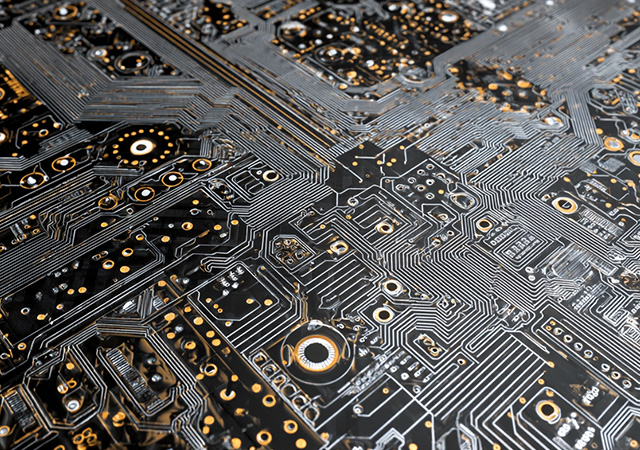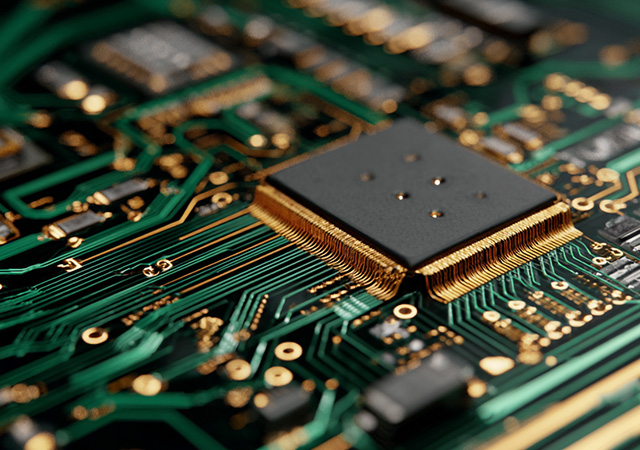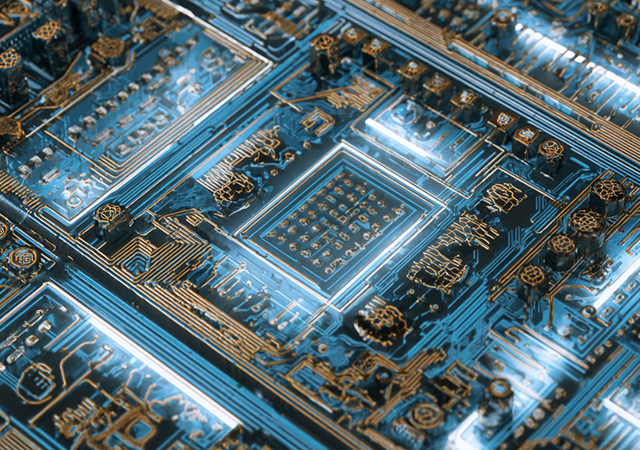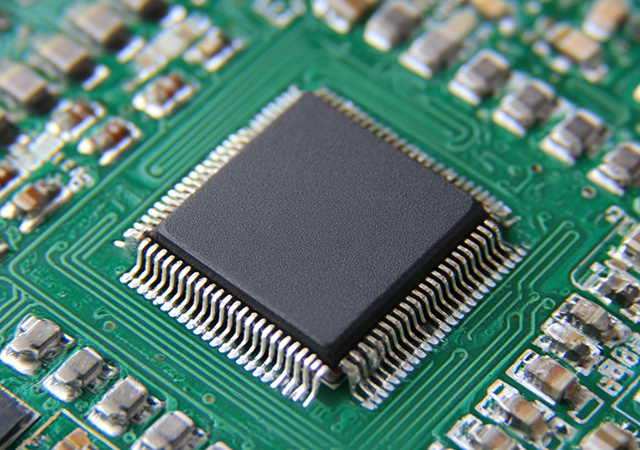-
- PCB TYPE
- PRINTED CIRCUIT BOARD PROTOTYPE ALUMINUM PRINTED CIRCUIT BOARD R&F PCB FPC HIGH FREQUENCY PCB HIGH-TG PCB HEAVY COPPER PCB HDI PCB PCB FOR LIGHTING METAL CORE PCB

Aluminum PCB structure serves as the backbone of high-performance electronic systems, balancing thermal efficiency, mechanical robustness, and electrical functionality. Unlike traditional FR4 PCBs reliant on non-conductive cores, aluminum-based structures leverage metal substrates to address the growing demands of power-dense devices across industries. This guide explores the fundamental components, material interactions, design principles, and application-specific adaptations of aluminum PCB structures, providing engineers and designers with a framework for optimizing performance through structural excellence.

Thermal vias represent a critical design element in aluminum printed circuit boards (PCBs), serving as strategic pathways to transfer heat from high-power components to aluminum substrates—nature’s efficient heat sinks. In applications ranging from industrial power supplies to automotive electronics, where thermal management directly impacts reliability and performance, optimizing thermal via structure is paramount. This comprehensive guide explores thermal via design principles, material interactions, manufacturing considerations, and application-specific strategies in aluminum PCB structures, equipping engineers with the knowledge to maximize heat dissipation efficiency.

Aluminum printed circuit board (PCB) structure design represents a specialized discipline that merges thermal management, electrical engineering, and material science to create high-performance electronic platforms. Unlike traditional FR4 PCBs, aluminum-based designs leverage the unique properties of aluminum—excellent thermal conductivity, mechanical rigidity, and cost efficiency—to address the demands of power-dense applications. This comprehensive guide outlines the fundamental principles, design methodologies, and best practices for developing robust aluminum PCB structures, equipping engineers with the knowledge to optimize thermal dissipation, signal integrity, and mechanical reliability in their designs.

Aluminum printed circuit boards (PCBs) have evolved into dynamic platforms that bridge thermal efficiency, mechanical adaptability, and electrical performance, enabling breakthroughs in electronics across industries. As demand for higher power densities, miniaturization, and sustainability intensifies, aluminum PCBs are undergoing rapid innovation in materials, design, and manufacturing. This article explores the latest advancements in aluminum PCB technology, focusing on emerging material combinations, application diversification, and transformative industry trends that are reshaping how engineers approach electronic system design.

As a global leader in aluminum-based copper clad laminate (CCL) manufacturing, Boyu has established a reputation for delivering versatile, high-performance materials that cater to the evolving needs of electronics industries worldwide. From consumer devices to industrial systems, Boyu’s aluminum CCLs integrate material innovation, precision engineering, and application flexibility, enabling breakthroughs in design and functionality. This article explores Boyu’s diverse product portfolio, technical versatility, quality frameworks, and industry partnerships, highlighting its role as a holistic solution provider in the aluminum CCL market.

Got project ready to assembly? Contact us: info@apollopcb.com



We're not around but we still want to hear from you! Leave us a note:

Leave Message to APOLLOPCB
